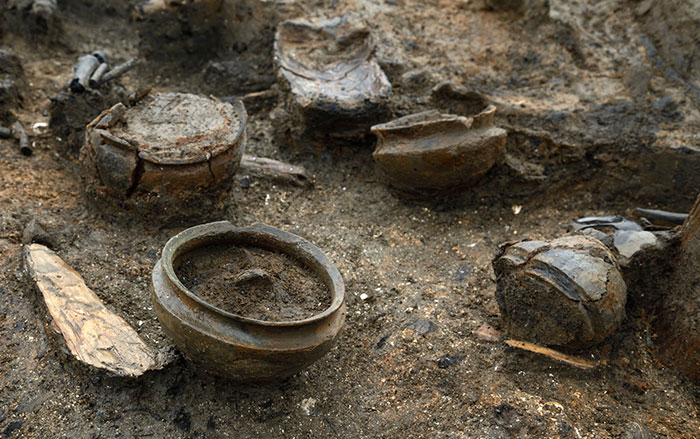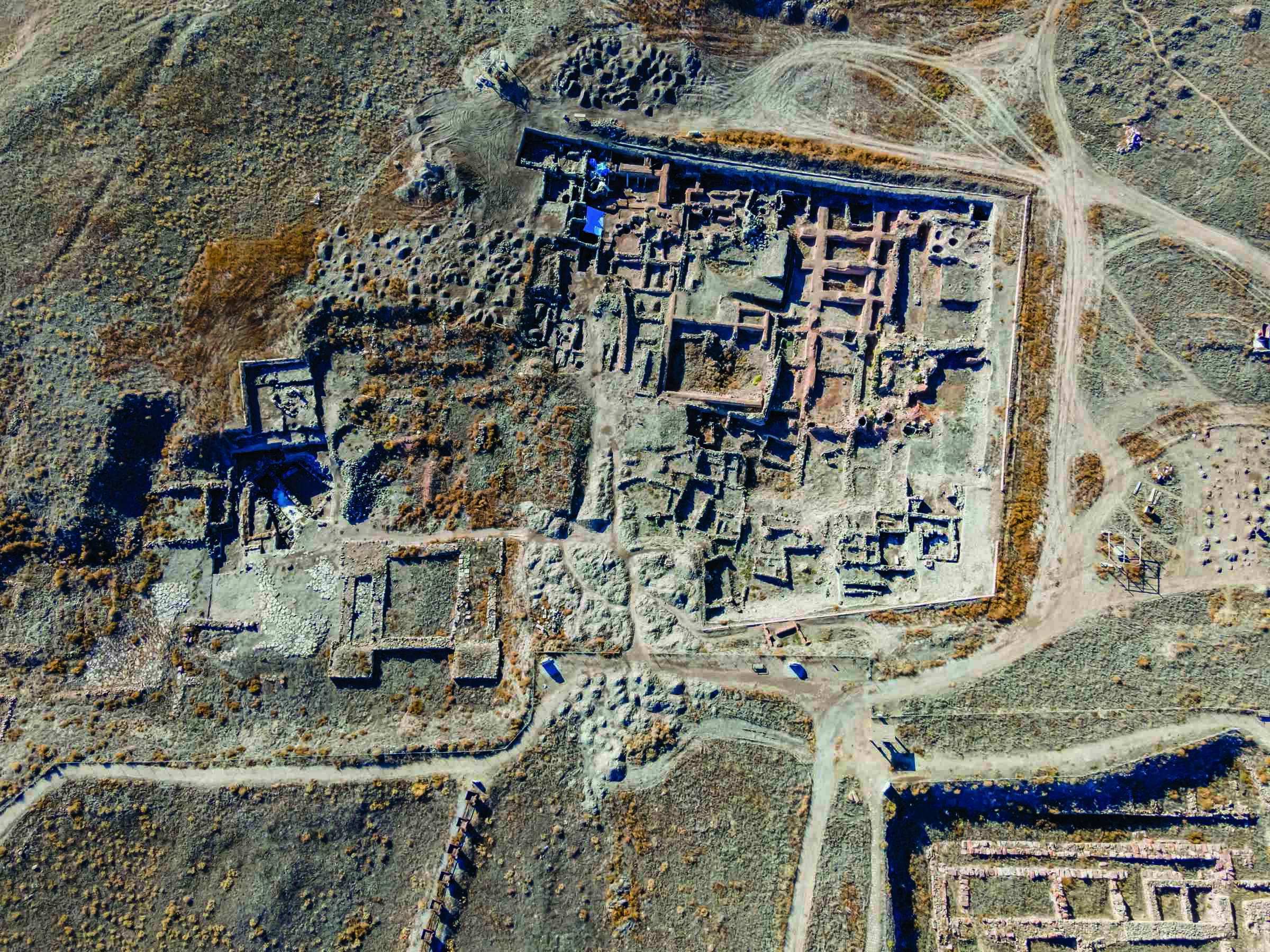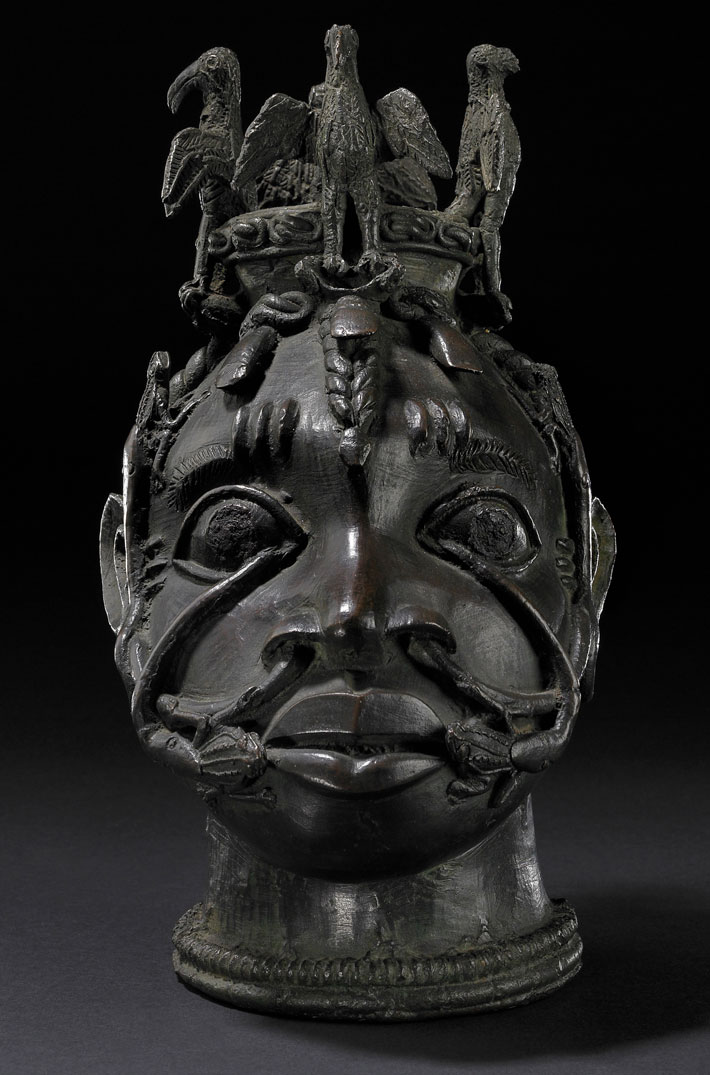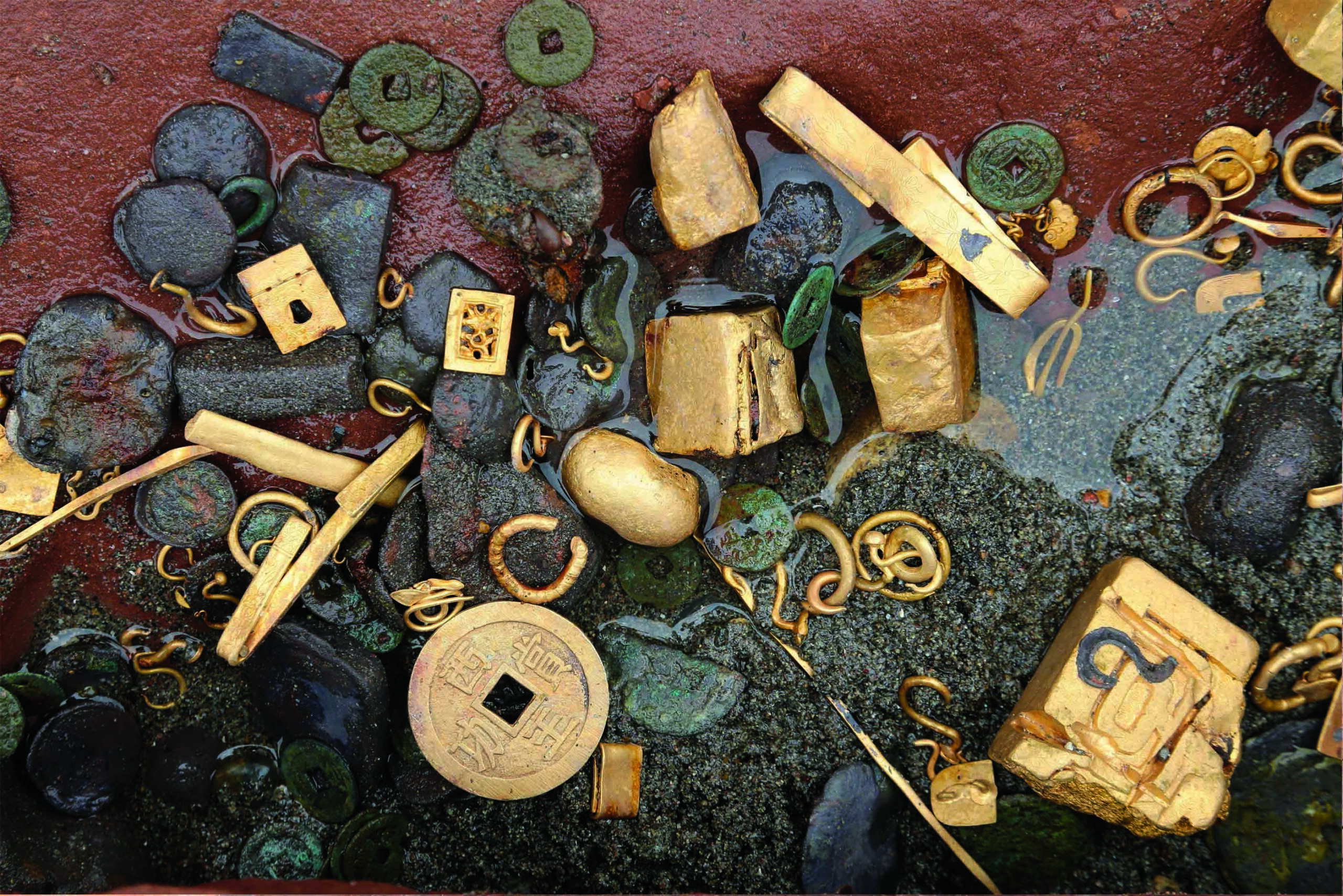BORDEAUX, FRANCE—Jack Baker of the University of Bordeaux and his colleagues compared beads recovered from 112 Gravettian archaeological sites, sorted them into 134 different types based upon their raw materials and design, and determined that there were at least nine distinct cultures clustered geographically across Europe, according to a Science Magazine report. It had been previously thought that people living in Europe between about 34,000 and 24,000 years ago were all members of a monolithic Gravettian culture, based upon similarities in their figurines and spearpoints. Recent studies have found some differences between groups, however. For example, DNA analysis has identified two genetic lineages in Gravettian culture—one group centered around the Pyrenees Mountains along the border of France and Spain, and a second group based in central and eastern Europe. Baker found that the jewelry analysis is in line with genetic data, but with some additional subdivisions. The jewelry study also suggests there were separate culture groups in Moldova and southern Spain, which are areas where ancient DNA has not been recovered. Meanwhile, some groups in Italy who shared ancestors did not wear similar jewelry, and people in France and Belgium who wore similar ornaments were not related to each other. Patterns of bead differences that turned up in a jewelry tradition may be the result of cultural and genetic exchange with neighboring groups, Baker added. Read the original scholarly article about this research in Nature Human Behaviour. To read about a Gravettian Venus figurine, go to "Artifact."
Europe’s Prehistoric Jewelry Reflects Nine Possible Cultures
News January 30, 2024
Recommended Articles
Artifacts January/February 2020
Bronze and Iron Age Drinking Vessels

Digs & Discoveries September/October 2017
Fast Food
Features January/February 2017
Fire in the Fens
A short-lived settlement provides an unparalleled view of Bronze Age life in eastern England

Digs & Discoveries March/April 2016
Minding the Beeswax

-
Features November/December 2023
Assyrian Women of Letters
4,000-year-old cuneiform tablets illuminate the personal lives of Mesopotamian businesswomen
 (Attraction Art/Adobe Stock)
(Attraction Art/Adobe Stock) -
Letter from El Salvador November/December 2023
Uneasy Allies
Archaeologists discover a long-forgotten capital where Indigenous peoples and Spanish colonists arrived at a fraught coexistence
 (Courtesy Roger Atwood)
(Courtesy Roger Atwood) -
Artifacts November/December 2023
Sculpture of a Fist
 (Museum of Fine Arts, Boston/Bridgeman Art Library)
(Museum of Fine Arts, Boston/Bridgeman Art Library) -
Digs & Discoveries November/December 2023
The Benin Bronzes’ Secret Ingredient



